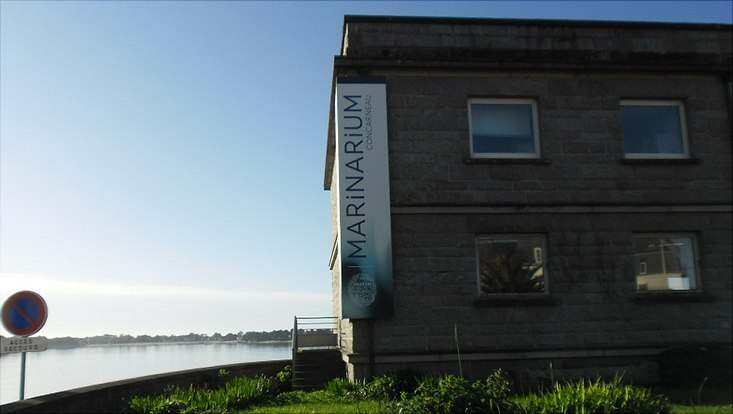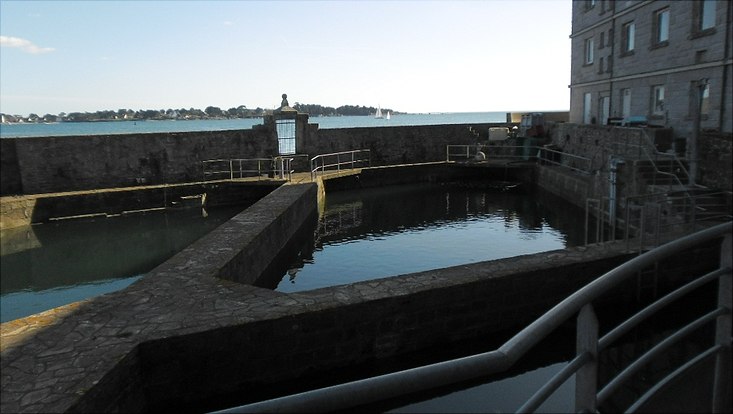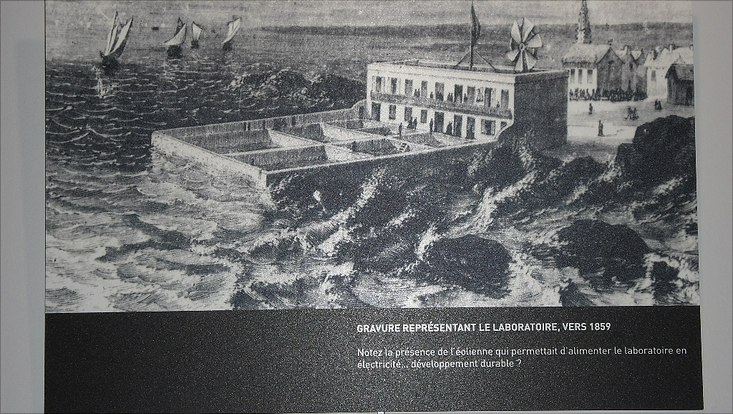Concarneau (France)
The MNHN Concarneau Marine Station (2023)
Scientific stations constitute a historically important facility “in-between” the laboratory and the expedition (De Bont 2009; Kohler 2002). The project explores the particularities of such a facility, performing “a home for science” (Geissler & Kelly 2016) and, thus, a site on its own, reaching out and bringing in heterogeneous human and nonhuman marine actors, practices and experiences. The Concarneau station in Brittany, France, is the world’s oldest, still active marine station. Created in 1859, it hosts about 40 employees, among them 20 marine biologists, assisted by technicians, administration and the public MARINARUM. It is supported by the French government, the Brittany region and the European Regional Development Fund (ERDF). The scientists explore the Breton oceanic fauna and functional ecology, based, within the approach of their Parisian fellows, on an integrative approach in marine taxonomy (morphology, genetics and ontogenetics (Daglio & Dawson 2019). Research encompasses the offshore North-East Atlantic and the polar region and is, therefore, sensitive to the effects of climate change on the oceans. Smaller in area and scope than the MNHN’s headquarters in Paris, the Concarneau station associates the surveillance of the regional Atlantic ocean’s ecosystem with the training of marine biology students and the local marine police, hosts fellow scientists from the Muséum, the French Centre national de la recherche Scientifique (CNRS), collaborates internationally with the resident industry, and engages in applied and citizen science. The ethnography of this station will, thus, allow an in-depth inquiry into this “stational” form of experiencing nature and society.




